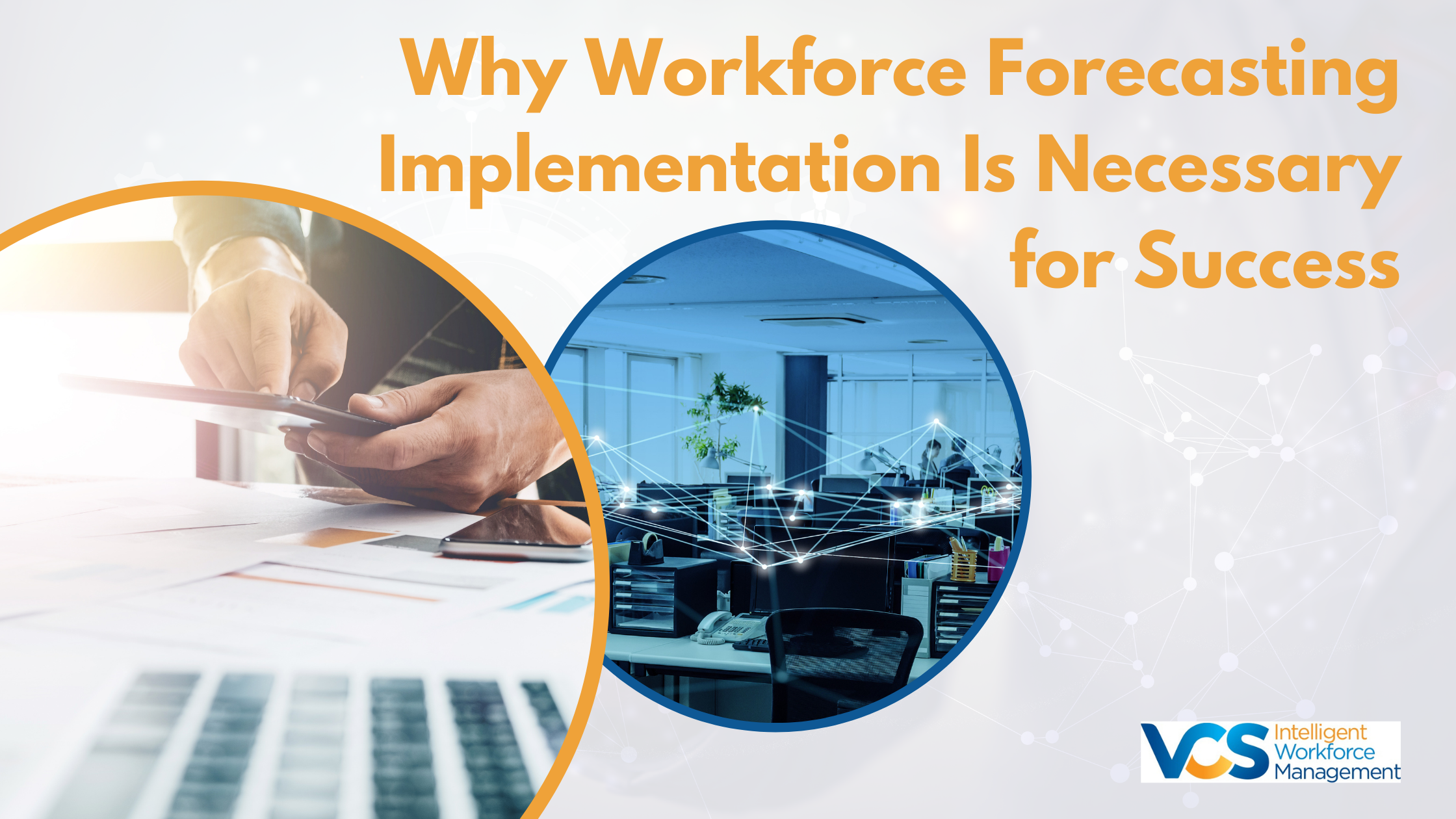
Forecasting helps to mitigate the expenses that a workforce ultimately brings business in one form or another. With forecasting comes planning, and planning should be as strategic as possible–– backed by educated decision making. Typically, workforce expanses percentages range between 20 to 35 percent of gross sales. Percentages vary from industry to industry. Workforce forecasting is pivotal for any organization and creates a foundational base for all other efforts and processes. This article covers many elements and strategies on workforce forecasting and emphasizes the benefits of automated workforce practices.
Develop a Tailored Strategic Plan
Before jumping right into forecasting, carefully consider what functions strongly reflect the core of the organization. Once identified, a strategic plan helps to anchor these functions into the foundation of best practices that will be assisted by forecasting and automation. Companies will not be able to forecast reductions, increases, or changes accurately for the workforce without a strategic plan.
Businesses often lack proper execution of a strategic plan, ending in failure or dysfunction. There are many reasons for the failure, including lack of communication, poor linking strategy to planning, and failed implementation strategy. With a strategic plan in place, thorough communication to staff and administrators will allow for a clean path of execution.
Accessibility to Accurate Data
Data accuracy is imperative to achieve successful results over time. Accessibility to the data is equally important as forecasting models demand data frequently. Data grows at an increasingly fast rate. The substantial amount of data may seem overwhelming but is an incredible asset to business growth and aids forecasting tremendously. Data is found in all corners of the workforce. Below is a list of just some of the areas data is pulled from helping to create a model.
- Salary and Bonuses
- Commissions
- Skillsets and Promotions
- Benefits and Eligibility
- New Hires
- Title
- Terminations and Retirements
- Overtime
- Time and Attendance
Determine where data is accessible and create a process of integration, creating a seamless process monthly or quarterly depending on how often forecasting happens. Examine data sources to ensure the accuracy of the data. The workforce accounts for 70% of an organization's total operating expense. With tweaks to each area of the workplace, a large, positive impact is more than likely.
Forecast Innovation into the Workforce
It is vital to take into consideration previous processes and procedures of the organization’s workforce. Covering these questions may assist in making stronger decision-making towards workforce processes:
- Does my organization have a positive recruitment and hiring process?
- Does my organization hire too early or too late?
- Do certain departments get more budget than other departments?
Reporting Process
This is where data collection comes into play and is most beneficial. Reports provide a visual to pinpoint the variances of the workforce forecast against the actual by department. By reviewing reports, identify if assumptions made by the team were correct or incorrect. If they were incorrect, modify the forecast model to align more accurately moving forward. If the variances are due to changes in decisions, then document it so that it can be accessible in the future.
Determine the workforce metrics that are important for the organization. Below are some metrics that may be useful:
- Revenue/Employee: tracks productivity of the organization over time.
- Employee Turnover: number of terminations divided by average number of employees. Note modify to separate out voluntary and involuntary terminations.
- Benefits Cost/Employee: determine trend by dividing all benefits by employee. A variation is dividing this by total payroll.
- Overtime Percentage: overtime divided by total payroll.
- Time Since Last Promotion: average time in months since last promotion. This can signify an issue if many top employees are leaving.
- Time to Hire: the number of days it takes from posting a position to signing the offer letter on average.
- Engagement: use a survey to ask questions of employees annually and compare over time.
VCS Intelligent Workforce Management
Visual Computer Solutions creates intelligent workforce management software that reinvents how you work and scales as your business grows. Compatible for all private businesses, government organizations and public safety agencies, VCS software simplifies employee scheduling, time & attendance, human resources and payroll for today’s modern workforce. To learn more about our products, visit https://www.vcssoftware.com/solutions/
About VCS VCS provides public and private sectors with ultramodern workforce management tools that better manage their most complex workforce management needs and tedious business processes. Backed by 20 years of experience, VCS’ platform boasts industry-specific products and services, carefully crafted to make employee management, time & attendance, human resources, and payroll easier for the entire workforce.


